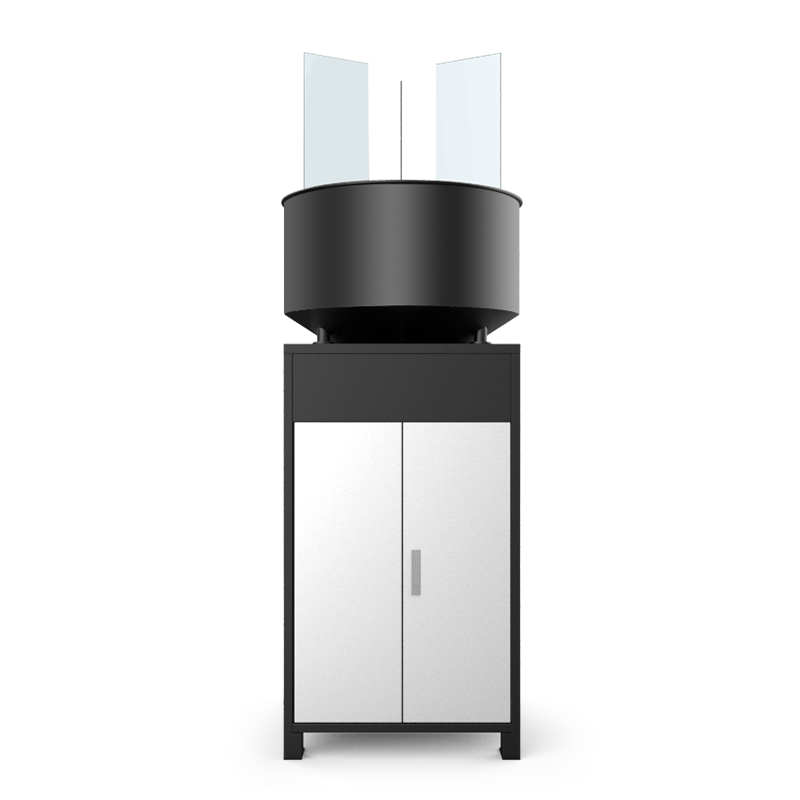Water is the source of life, and people will not starve to death if they don't eat for a few days, but if they don't drink water for a few days, they will definitely die of thirst. This shows that water plays a crucial role in maintaining human life activities. Therefore, it is necessary to ensure the safety of drinking water quality. In the surrounding areas where we live, due to industrial waste pollution, some water sources have been polluted. Drinking substandard water can cause harm to our health. Therefore, it is particularly important to do a good job in testing the quality of drinking water around us. However, what items should be tested for water quality testing?
For example, the monitoring contents of surface water can include pH, CODCr, Permanganate index, BOD5, ammonia nitrogen, arsenic, fluoride, volatile phenol, anionic surfactant, total nitrogen, total phosphorus, fecal coliform, lead, cadmium, mercury, zinc, copper, petroleum, sulfide, Hexavalent chromium, cyanide, etc; Groundwater can be PH, total hardness, total soluble solids, Permanganate index, ammonia nitrogen, nitrate nitrogen, nitrite nitrogen, fluoride, chloride, sulfate, anionic surfactant, cyanide, volatile phenol, Hexavalent chromium, copper, lead, zinc, iron, manganese, cadmium, total mercury, total arsenic, selenium, total coliform bacteria, total bacterial count and salinity.
There are many projects for water quality testing, not just one project but dozens of projects. Firstly, it depends on what water quality you are testing. Different water quality tests have different items and standards. Zhengzhou Oukeqi has independently developed multiple water quality detectors for detecting various indicators in water. Although the detection of sewage, drinking water, civilian tap water, industrial boiler water, pharmaceutical water, etc. varies, they all have intersections. Monitoring projects can be selected according to relevant water environmental quality standards.







